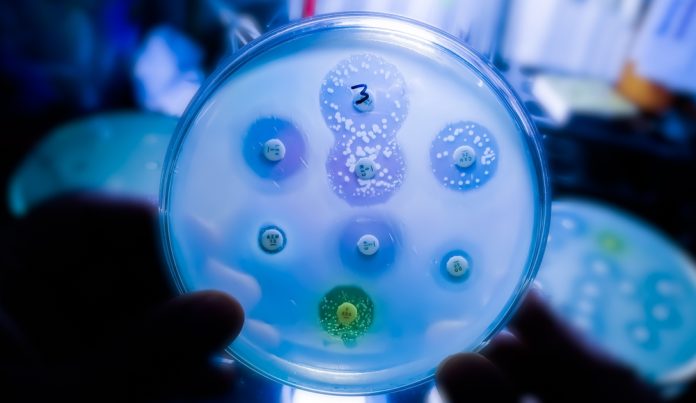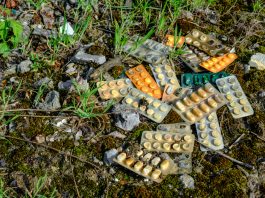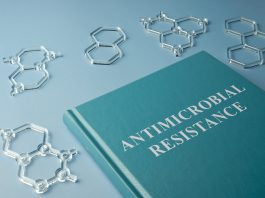Researchers have discovered that a small molecular strand could hold the key to solving one of the greatest global health challenges – antibiotic-resistant bacteria.
Unfortunately, antibiotic-resistant bacteria can be deadly, but researchers have decoded some of the bacteria’s defence mechanisms.
When bacteria manage to resist antibiotic treatment, it is often because the bacteria form a biofilm of proteins and sugars that acts as a shield against the antibiotic.
It is a part of the biofilm defence structure that researchers have now decoded in a new study.
“We have decoded the molecular structure of an important part of a bacterium called S. aureus. This is the first detailed insight into how these molecules form their macrostructure,” explained Maria Andreasen, Associate Professor at the Department of Biomedicine at Aarhus University.
“By understanding the structures and how the biofilm forms, we can develop new strategies and treatment methods and perhaps even prevent the bacteria from forming the biofilm altogether.”
Antibiotic-resistant bacteria claims millions of lives
Although the focus is on molecular cell structures, the researchers are addressing a much larger and far-reaching problem.
According to a 2022 study, 1.27 million people globally died in 2019 directly due to infections from antibiotic-resistant bacteria.
This is why the findings from the Aarhus University and University of Pittsburgh study are significant.
Professor Andreasen said: “For the first time, we have identified the structure of the entire protein from the MRSA biofilm.
“Now, we can focus our research on how we might use this knowledge to find or develop molecules that prevent the biofilm from forming.
“If we succeed, it will be easier to treat infections and combat the growing threat of antibiotic resistance.”
Decoding the molecular composition
MRSA stands for Methicillin-resistant Staphylococcus aureus. It is a type of bacteria that has developed resistance to many common antibiotics, including methicillin, penicillin, and similar drugs.
The researchers have decoded the molecular composition of an important part of the S. aureus biofilm, specifically the aggregated form of PSMα1, which is a functional amyloid.
This contributes to forming a protective biofilm that makes the bacterium resistant to antibiotic treatment.
If the research team can break down or prevent the formation of the protective biofilm, it will be a crucial step towards treating infections caused by antibiotic-resistant bacteria.









